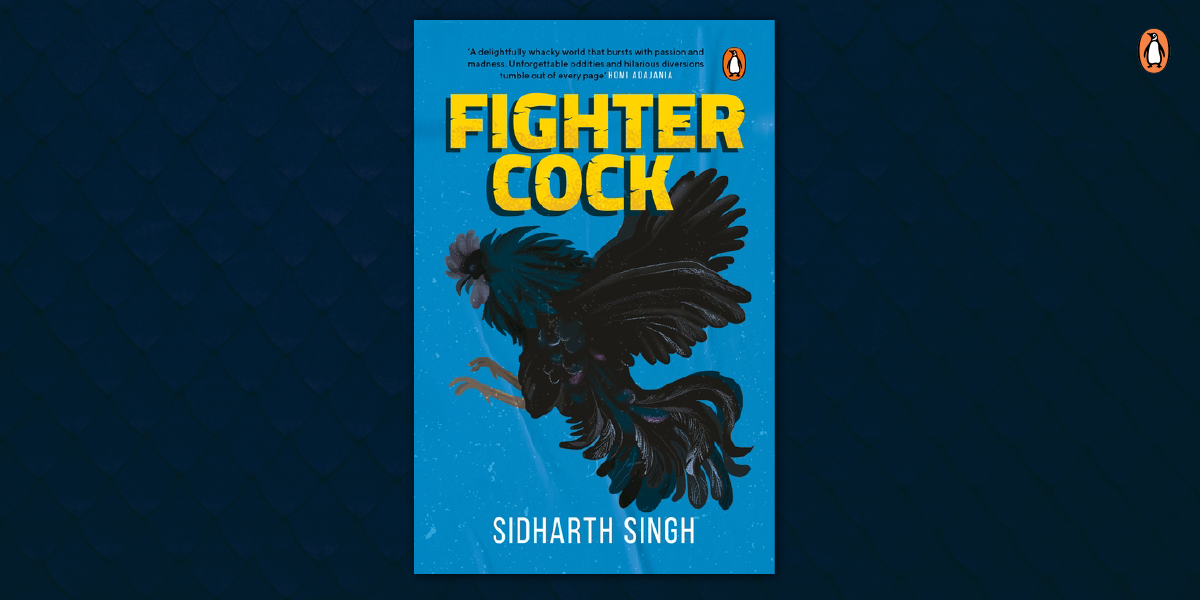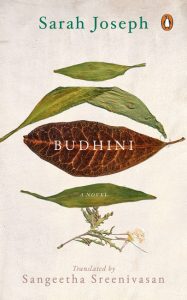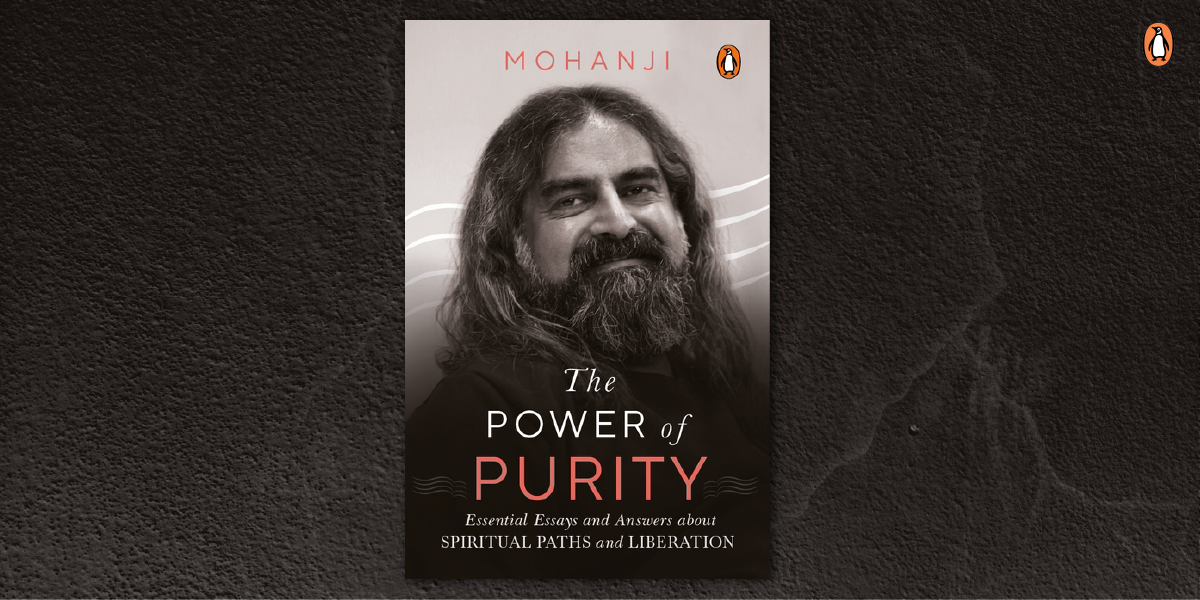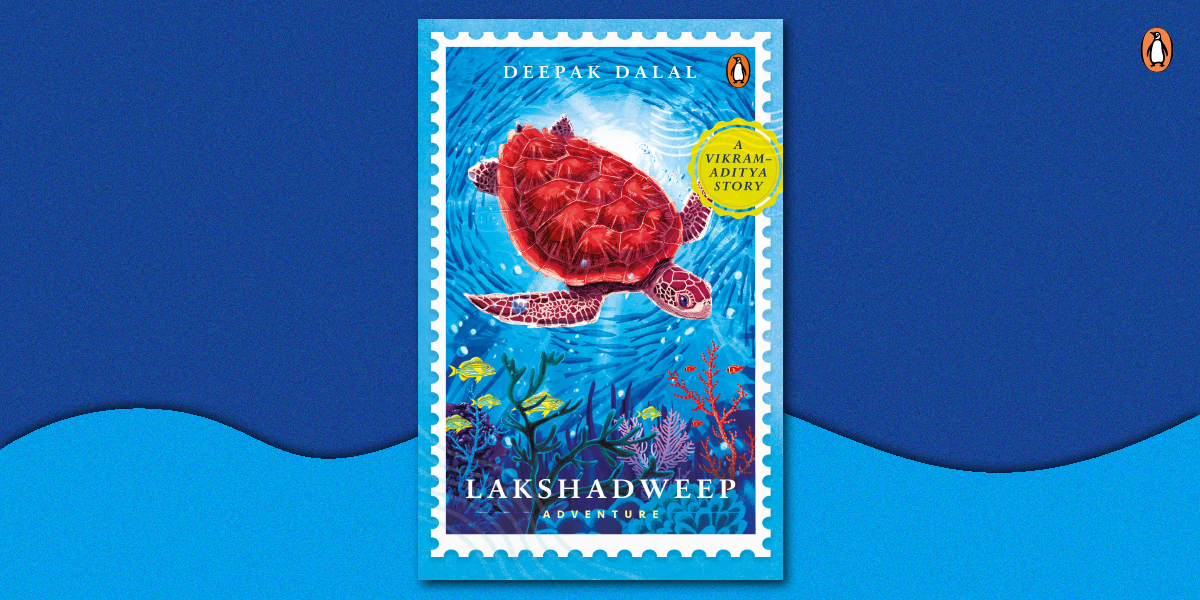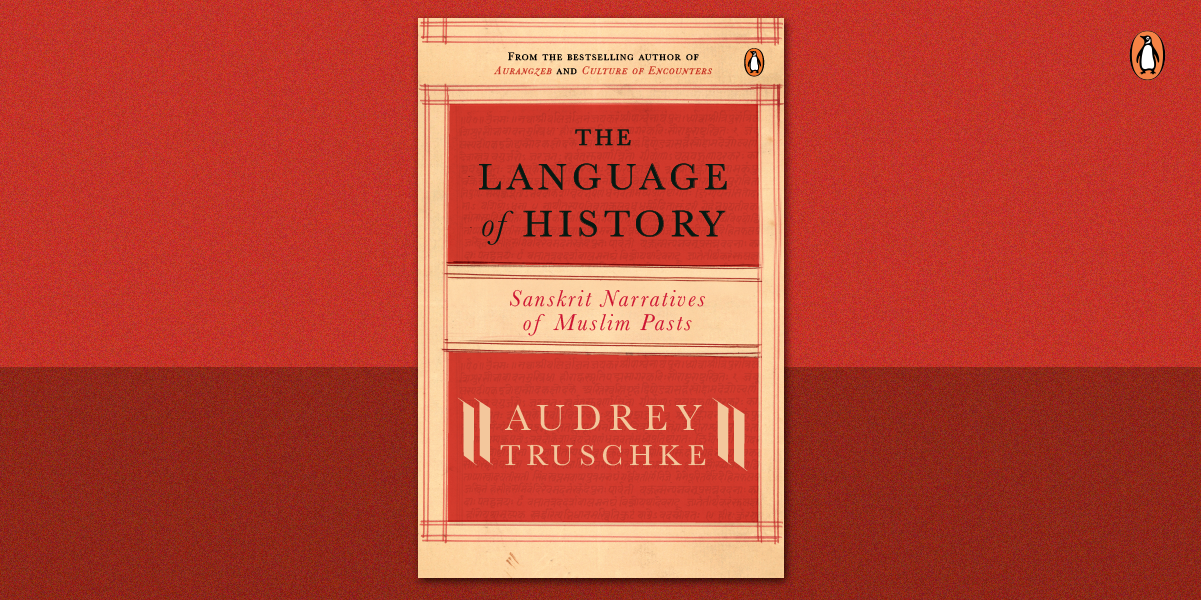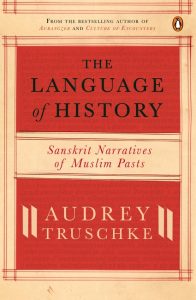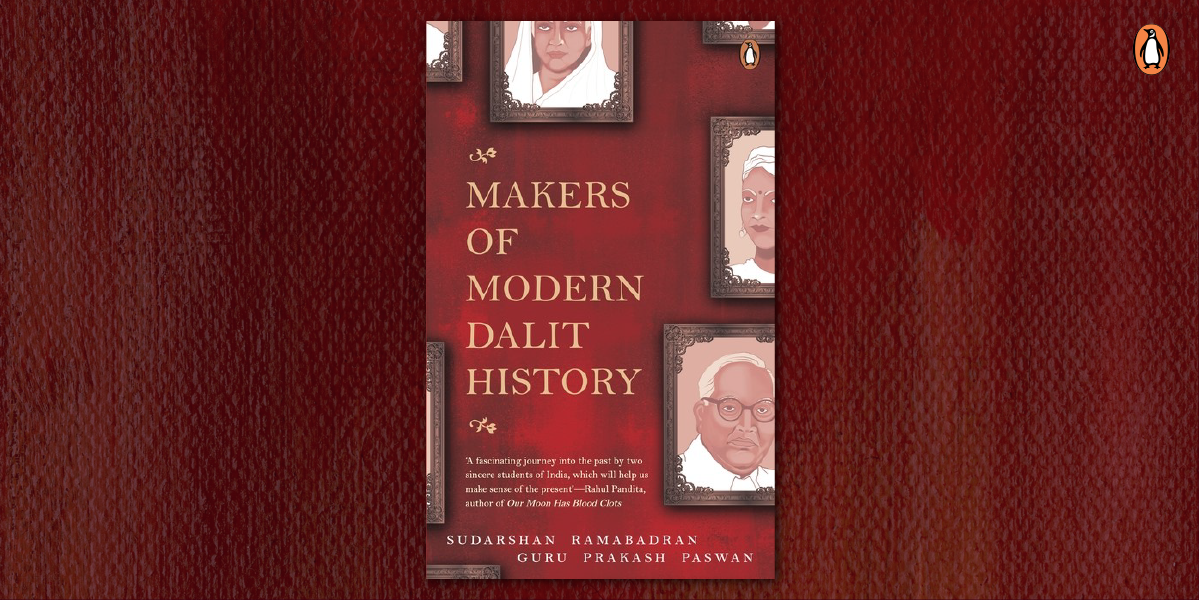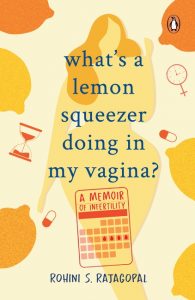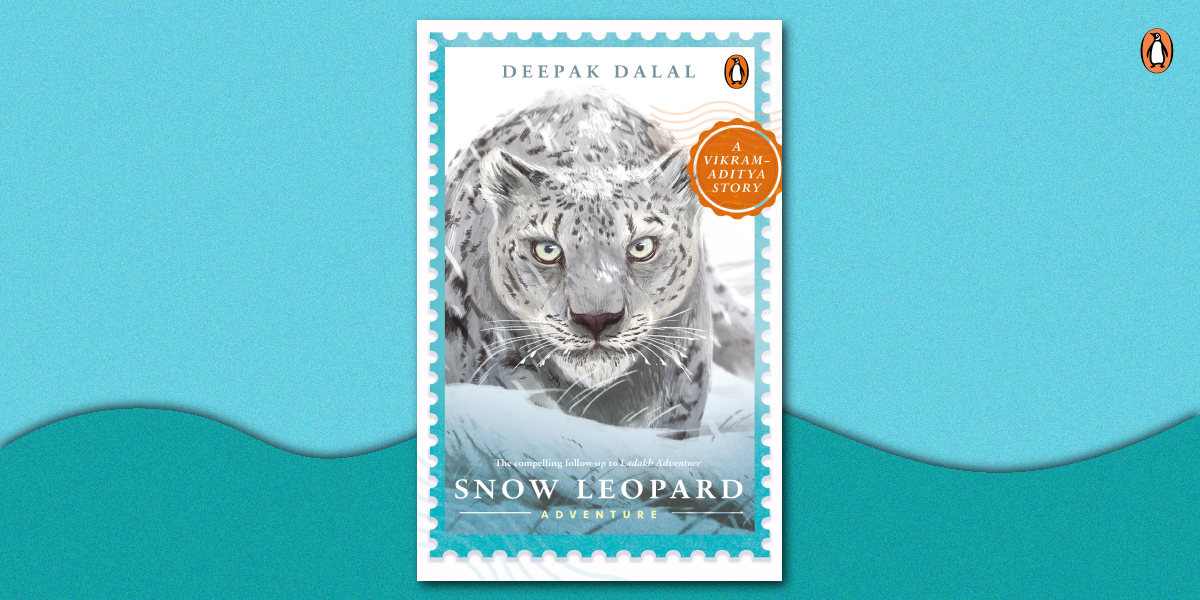This is a narrative about the clash within the royal family which traces the arc of gory violence and brutal bloodshed. In all of Raja Ratan Shah’s life, nobody had made him feel more insecure than his own bastard son, Teja. With no heir in sight, Teja felt entitled to usurp the power. This marked the beginning of a series of cockfights and conflicts.
Here’s an excerpt from the book which gives a glimpse of one of the many cockfights.
*
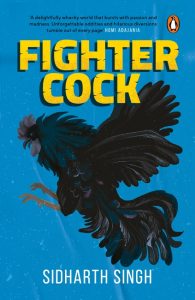
One of Teja’s men brought a fierce-looking Aseel into the pit. The raja picked one of his Karianaths, a young battle stag that was taken inside the pit by its handler. The cocks were pitted by a touch of beaks, and the fight began. The Karianath was aggressive from the get-go, circling the Aseel in top spinner style, using quick footwork. The Aseel, a battle cock of some repute, stood its ground, weaving and bobbing, looking for an opening. As the Karianath tried to take the Aseel head-on, the Aseel jumped up in the air and came crashing down on its head, slashing its neck with a short-blade fitted on its left foot, killing it instantly. Half the crowd ‘ooh’ed in pity while the other half ‘aah’ed in joy. A lot of money exchanged hands. This was Teja’s sixth straight win of the night, and he was jubilant.
An old Bollywood hit played shrilly on loudspeakers installed around the arena. Teja and his henchmen danced wildly to the song, rousing the crowd to join in, and turned the arena into a rave. The raja plied Sheru with more mahua as he moved on to another ganja chillum, blowing smoke like a steam engine and descending further into the grip of lunacy. By now, Sheru was also drunk and had no choice but to drop his guard and enjoy this insane spectacle. The raja signalled for the music to stop and for the next fight to begin. Teja decided to field the winning cock once again while the raja entered his top fighter, the champion battle cock ‘Toofani’, in this bout.
As earlier, the cocks were pitted beak to beak and the fight began. Teja’s Aseel, overconfident from the previous bout, went for the kill immediately, attacking the Karianath from all angles, in a departure from its earlier bob-and-weave style. Toofani circled around in a slinky top-spinning style, its quick hopping reminiscent of B-grade kung fu films. The Aseel took a few quick jabs at the Karianath, who warded them off with ease. Then the Aseel charged down the pit and took a giant leap. The Karianath countered with a massive on-the-spot jump, and, in a gory mid-air collision, kicked the Aseel in the eyes with both its long-bladed feet and blinded it completely.
Blood gushed out of the Aseel’s eyes and the crowd went berserk, shouting with bloodlust. The raja jumped up from his seat and screamed, ‘Kill the bastard! Kill the motherfucker!’ The Aseel hopped around the pit in panic. Toofani strutted to the far end for a long run-up and, then, charging down the pit, leapt into the air and pounced on the helpless Aseel, pinning it to the ground. It then proceeded to kill its foe with repeated machine-gun pecks to its head and neck in a crazed quick-beak style. By the end of the fight, Toofani was drenched in the blood of its victim. It walked up, as if drunk on its gory victory, towards the cheering spectators and fanned its wings violently, splashing blood on the crowd, and making them ecstatic.
**
To know more about the conflicts and cockfights in the royal household of Shikargarh dive into the pages of Sidharth Singh’s rough and ready noir titled Fighter Cock.







